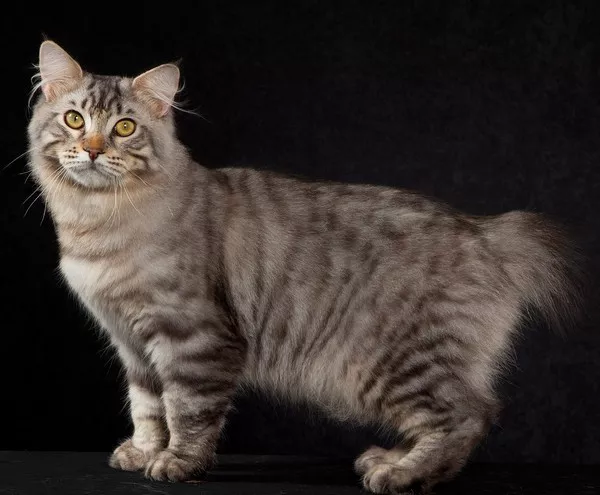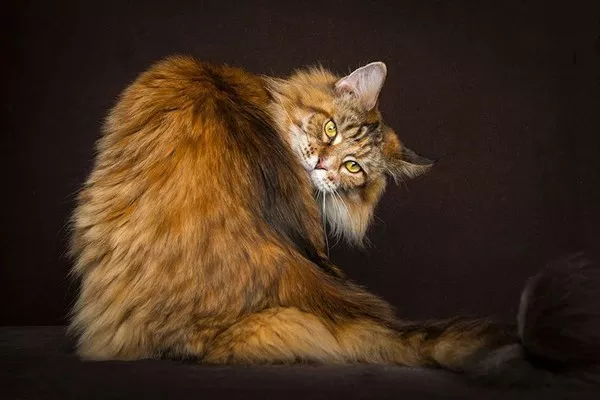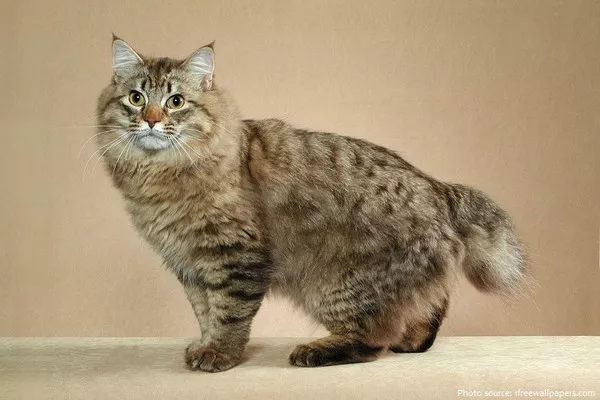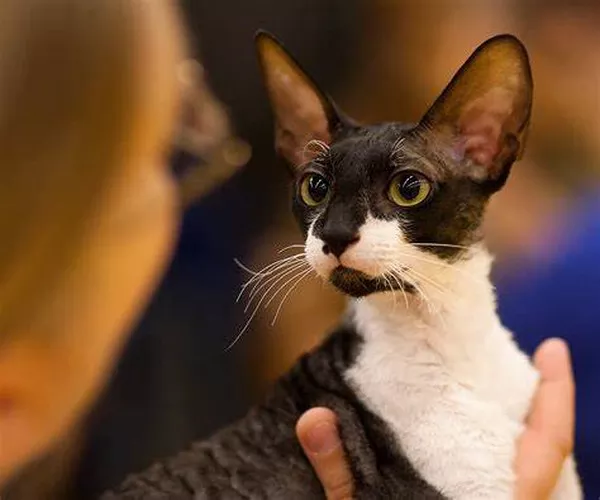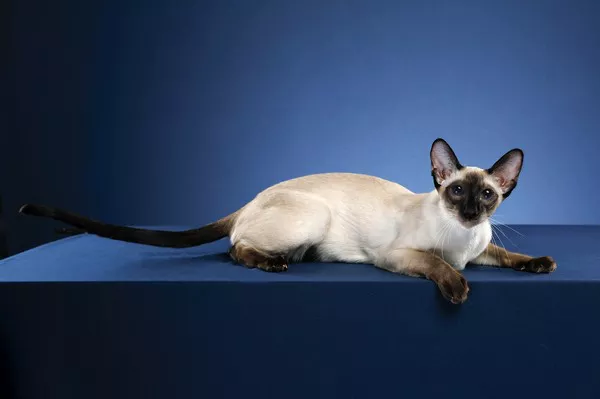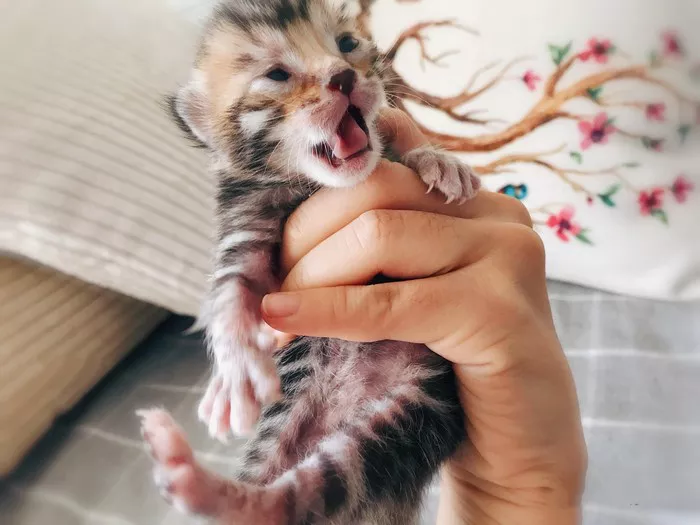Cats are one of the most popular pets in the world, and with over 100 different breeds to choose from, it can be difficult to decide which one is right for you. Two breeds that often get compared are the American Bobtail and the Manx cat. While they may look similar at first glance, there are several key differences between these two feline breeds.
Origins:
The Manx cat is a breed that originated on the Isle of Man off the coast of England. It is believed that these cats were brought to the island by Viking settlers over 1,000 years ago. Due to the isolation of the island, the breed evolved into a distinct type of cat with a naturally occurring genetic mutation that caused them to have no tail or a very short tail.
On the other hand, the American Bobtail is a relatively new breed that was created in the United States in the 1960s. This breed was the result of a cross between a male barn cat with a short tail and a female Siamese cat. Breeders then selectively bred the offspring to create a distinct breed with a bobbed tail.
Physical Appearance:
One of the most obvious differences between the American Bobtail and the Manx cat is their physical appearance. The Manx cat is known for its lack of a tail or a very short tail, while the American Bobtail has a distinctive bobbed tail that is usually around one-third to one-half the length of a normal cat’s tail.
In addition to their tails, the Manx cat also has a round body and a thick coat, while the American Bobtail has a muscular build and a shaggy coat. The American Bobtail also comes in a wider range of colors and patterns than the Manx cat, which is typically only seen in solid colors like black, white, and brown.
Temperament:
Despite their physical differences, both the American Bobtail and the Manx cat share some similarities in temperament. Both breeds are known for being friendly and affectionate with their owners, as well as being intelligent and playful.
However, the Manx cat is often described as being more reserved and independent than the American Bobtail. This may be due to their history as a working cat on the Isle of Man, where they were used to control rodent populations on farms and ships. In contrast, the American Bobtail is known for its social nature and love of attention, making it a great choice for families with children or other pets.
Health Concerns:
Like all cats, both the American Bobtail and the Manx cat can be prone to certain health concerns. Manx cats are at risk for spinal cord defects due to their shorter tails, which can cause problems with mobility and urinary function. Additionally, some Manx cats may also develop digestive issues like megacolon, which can lead to constipation and other related problems.
American Bobtails, on the other hand, are generally considered to be a healthy breed with few known health concerns. However, like all purebred cats, they may be prone to certain genetic conditions like hip dysplasia and hypertrophic cardiomyopathy.
What are the 4 types of Manx cats?
The four types of Manx cats are:
1. Rumpy: This is the most common type of Manx cat and has no tail at all.
2. Stumpy: This type of Manx cat has a short, partial tail that can range from a few vertebrae to up to half the length of a normal tail.
3. Longy: This type of Manx cat has a longer tail than a Stumpy, but it is still shorter than the tail of an average cat.
4. Rumpy-riser: This is a rare type of Manx cat that has a small bump where the tail would normally be located. It is considered to be a variation of the Rumpy type.
Final Thoughts:
When it comes to choosing between an American Bobtail and a Manx cat, there are several factors to consider. While both breeds have their unique qualities and personalities, it ultimately comes down to personal preference and lifestyle.
If you are looking for a friendly, outgoing cat that loves attention, the American Bobtail may be the right choice for you. However, if you prefer a more independent cat that has a long history of working and adapting to different environments, the Manx cat could be the perfect fit.
Regardless of which breed you choose, make sure to do your research and find a reputable breeder or shelter to ensure that your new furry friend is healthy and well-cared for.

